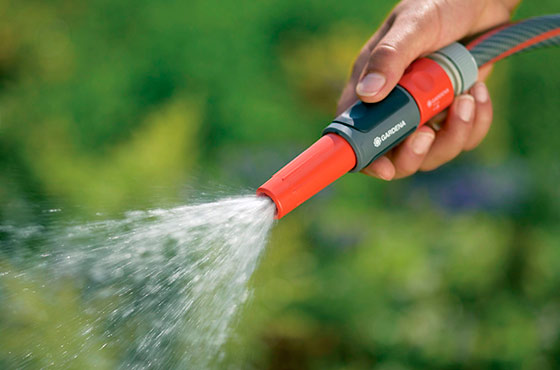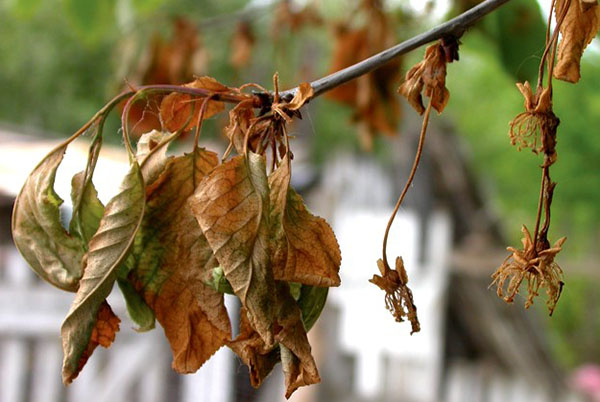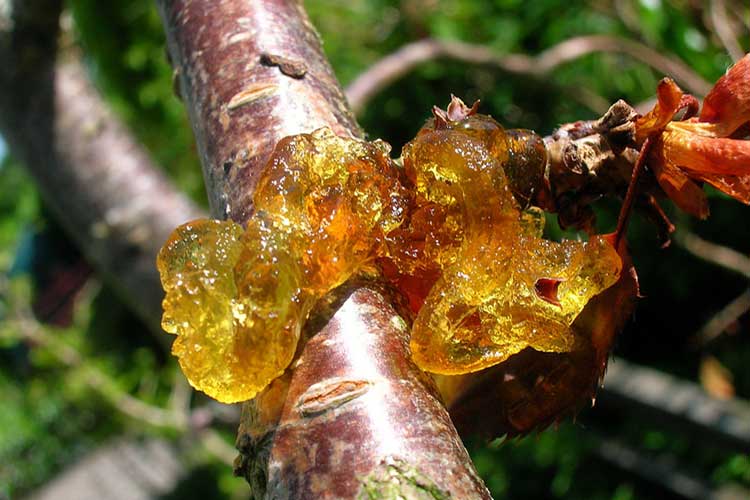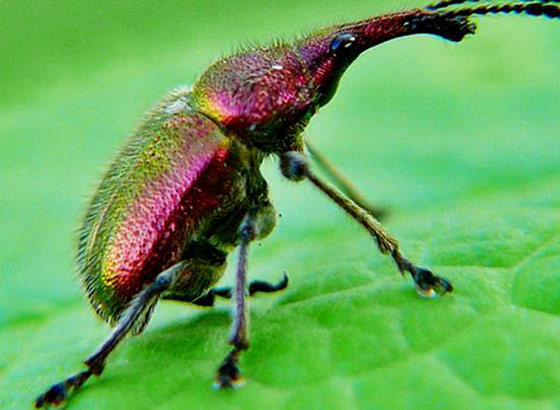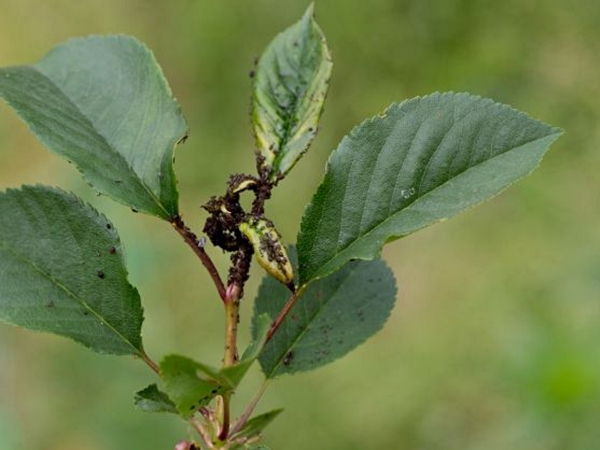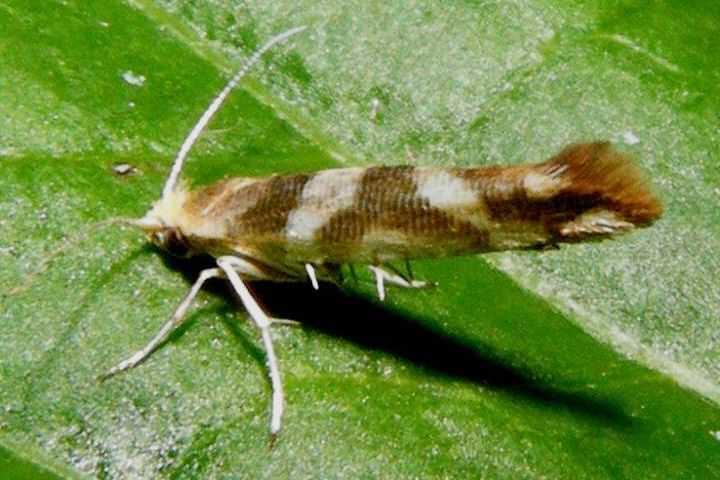Content:
When buying ripe cherries, people rarely think about their variety. But when purchasing a seedling, you cannot do without detailed information on this topic. Even widespread and time-tested varieties such as Vladimirskaya cherry are no exception. Over the long years of cultivation, gardeners have accumulated enough curious and important information about her.
Variety history
In the distant XII century, the retinue of Yuri Dolgoruky brought the first cherry trees from near Kiev to Suzdal. Later, Yuri's son, Prince Andrei Bogolyubsky, laid gardens near the city of Vladimir. Heat-loving trees, accustomed to a milder climate, took root with difficulty. But in the end, the strongest trees formed a fairly hardy variety, which we today know under the name Vladimirovka.
The city of Vladimir did not remain in debt to the cherry, which for many years was a good source of income for local residents. A monument to her was erected in the Patriarch's Garden.
Description and characteristics of Vladimirskaya cherry varieties
Introduced in the State Register in 1947 under the single name Vladimirovka, the variety is a generalization of several tree varieties. The seedlings obtained from shoots and seeds have the most similar characteristics, but different names: Izbyletskaya, Parental, Dobroselskaya, Gorbatovskaya, Vyaznikovskaya. All of them have the right to be called Vladimirovka. Sometimes it is called simply "Vladimir cherry".
Plant
Vladimirovskaya cherry is a multi-stemmed bush with a height of 2.5 m and more. Vladimirovka, grown by the vaccination method, develop as standard. The crown is round, up to 3 m wide. Skeletal branches extend from the central trunk at an angle of 45-60 °. The color of the bark ranges from gray on old shoots to yellowish on young ones. Small twigs of this variety are prone to sagging, for which it is sometimes called "weeping" by analogy with willow. The bark on old branches exfoliates with scales, and in places can move away from the trunk.
Inflorescences are friable, consist of 5-7 flowers, about 3 cm in diameter. The petals are bright white. The stamens and pistil are at the same level. Pedicel length about 25 mm.
Vegetative buds are small, dark brown in color, cone-shaped. Oval buds are generative.
The variety belongs to mid-season, about 60 days pass from the flowering of the harvest.
Fallen berries should not be left under the tree; they can become foci for the development of diseases and attract pests.
In favorable conditions for the plant, you can get 25-30 kg of cherries from it. In the northern regions, the yield is much lower - about 5 kg. Grafted cherries bear fruit 2-3 years after planting, grown from shoots will yield a harvest a couple of years later.
Self-infertile Vladimirovka will not produce ovaries without additional pollination. They need to be planted next to another variety of cherries. The best neighboring pollinators are Lyubskaya and Shubinskaya.
Fetus
Description of the fruits of the Vladimirovka variety:
- Small and medium size, weight up to 3.5 g;
- Easy separation of the bone from the pulp;
- The shape is flat-round, slightly flattened from the sides;
- The pulp is fleshy, rich cherry color;
- The top is round, with a shallow funnel;
- Sour taste with sweet notes.
100 g of Vladimirka cherry pulp contains:
- 16.5% dry matter;
- 11% sugar;
- 4.5 mg of ascorbic acid;
- 0.63% free acids.
Also, the berries contain manganese, zinc, calcium, chromium, copper, iron, phosphorus, magnesium, pectin.
Planting and care: nuances
Recommended regions
- Central Federal District,
- Central Black Earth Region,
- Volgo-Vyatsky district,
- Krasnodar,
- Volga region.
Landing place
Vladimirovka loves elevations, places well-lit by the sun. It takes root well on non-steep slopes: western, north-western or south-western. The place should be ventilated, but protected from strong winds. When placed on northern slopes, the plant will not receive sufficient light and heat. If you plant it on the south side, a lack of moisture will affect the yield.
The soil
The variety loves loam and black soil. If the soil is acidic, lime wood ash before planting. The lack of nitrogen and potassium adversely affects the development of the plant, therefore, it is necessary to take care of the introduction of nutrients into the soil in advance. You can fertilize the ground with humus.
If the soil is too dense, you can add a little sand to loosen it.
Landing Vladimirovka
- Prepare a hole up to 70 cm in diameter and up to 50 cm deep;
- Put a peg in it, place a seedling next to it;
- Sprinkle the hole with soil in half with humus;
- Gently compact the ground;
- Tie a tree to a peg;
- Form a small shaft around the landing site, spill the hole abundantly with water.
Watering
You need to moisten the soil under the tree four times a year. The first time is at the beginning of flowering. The second is at the beginning of ovary development. The next watering takes place after the harvest. And the fourth is held in the fall, in the second half of October.
The tree does not need more frequent watering: excess moisture can cause root rot.
Top dressing
Compost or manure is applied before winter. The first two years after planting, the Vladimirovka cherry will not need fertilization.
Pruning
Remove old branches in spring, 3-4 weeks before bud break. In summer, those that do not yield and thicken the crown are cut off.
Preparing for winter
In autumn, the cherry trunk is whitewashed, the roots are covered with straw or sawdust. You can spray the tree with Bordeaux liquid.
Diseases and pests
Cherry Vladimirovskaya does not have immunity to fungal diseases, therefore it is often affected by them.
Coccomycosis
The appearance of small reddish spots on the leaves, merging into a large one. On their underside there is a pink coating. Leaf fall begins in August. An unprepared tree can suffer from the winter cold.
Control measures: burning foliage, autumn processing of the trunk circle and tree with a urea solution. During the budding period, treatment with Bordeaux liquid.
Monilial burn (moniliosis)
The spores of the fungus, penetrating the stigmas of flowers, germinate deep into the wood, preventing the flow of moisture and nutrients to the shoots. The latter begin to dry out quickly. From the outside, the damaged areas of the cherry look burnt. Spores spread throughout the garden, infecting other trees and fruits.
Gum therapy
A clear viscous liquid begins to ooze from the cracks in the cherry bark. The tree is weakening. Gum streams become a place of infection by fungi, lure pests.
Control measures: the affected areas are cleaned, disinfected with copper sulfate or brilliant green. After drying, they are covered with garden pitch.
Cherry weevil
A parasite whose larvae feed on the seeds of unripe cherries.
Control measures: spring treatment of the plant with Fitoverm. Installation of insect trapping belts. Manual collection of pests. Digging trunks before winter.
Aphid
Small insects that form whole colonies on young leaves. The juice is sucked out of the plant.
Control measures: preventive treatments with Fitoverm with the addition of liquid soap.
Cherry moth
A butterfly laying eggs under the bark of a cherry. In the spring, caterpillars appear from them, eating flowers and leaves.
Control measures: double treatment with Fitoverm solution.
Harvesting
For growing Vladimirovskaya cherries on a personal farm, the manual method of harvesting is suitable. The berries have a dry separation. This allows them to be stored for a long time (up to 10 days in the refrigerator) and makes transportation possible.
Pros and cons of Vladimirovka
Positive traits:
- Vladimirovka's neat bushes and standard trees are very decorative;
- Cherries of this variety are versatile, they can be used in various recipes, from jam to liqueur;
- In good conditions, the Parent's cherry gives a bountiful harvest;
- The plant does not differ in whimsical care, it tolerates cold weather.
Negative points:
- Poor resistance to fungal diseases;
- Relatively short lifespan (bears fruit up to 15 years);
- Sensitivity of flower buds to cold;
- Necessity of neighborhood with another variety for pollination.
The fruits of Vladimirovskaya cherry have excellent taste, which made this variety very popular throughout the country. Knowing the strengths and weaknesses of Vladimirovka, every gardener can achieve abundant flowering and fruiting. No wonder this ancient variety has passed the test of time.

